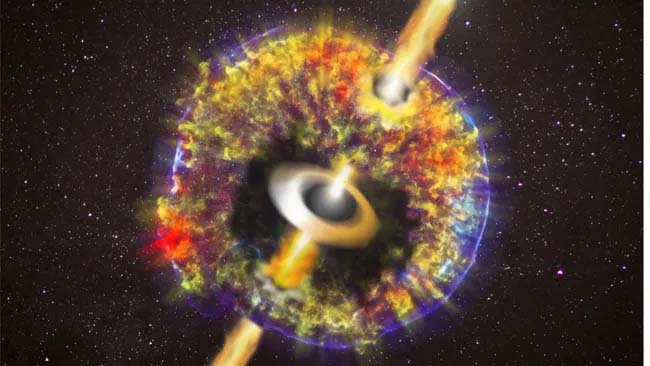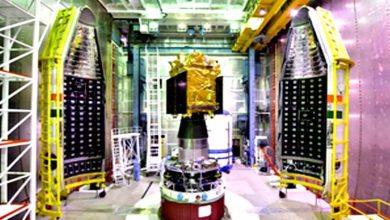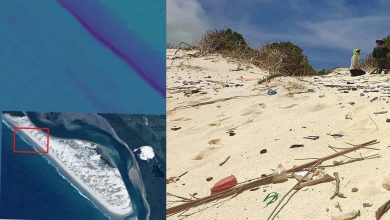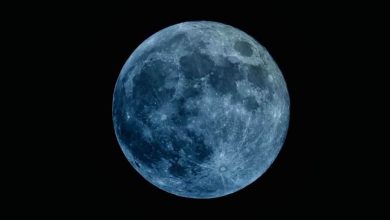Astronomers: A giant collision (birth of atoms) was seen between 2 neutron stars

Science: Astronomers have observed a massive collision between two neutron stars that resulted in the birth of the smallest black hole ever seen and precious metals such as gold, silver and uranium. The team’s snapshot of the violent and powerful collision, which took place in the galaxy NGC 4993, 130 million light-years away from us, was made with the help of a number of instruments, including the Hubble Space Telescope. It is hoped to paint a picture of the “past, present and future” of the merger of these dense dead stars. It could reveal the origin of elements heavier than iron, which cannot be created even in the most massive stars.
The collision and merger of neutron stars results in a powerful burst of light called a “kilonova”. As the debris from the event expands at the speed of light, the kilonova illuminates the area around it with light as bright as billions of Suns. A team of researchers led by scientists from the Cosmic Dawn Center at the Niels Bohr Institute arrived at this new picture of a neutron star merger while investigating the mysteries of kilonovae. “We can now see the moment when atomic nuclei and electrons are united in the afterglow,” team member Rasmus Damgaard, a researcher at the Cosmic Dawn Center, said in a statement.
“For the first time, we can see the formation of atoms, we can measure the temperature of matter, and we can see the microscopic physics in this remote explosion,” team member Rasmus Damgaard, a researcher at the Cosmic Dawn Center, said in a statement.
“It’s like admiring the three cosmic background radiation from all around us, but here, we can see everything from the outside. We see the moment before, during, and after the birth of atoms.”
Neutron stars are born when stars at least 8 times more massive than the sun exhaust their fuel for nuclear fusion and can no longer support themselves against their own gravity.





